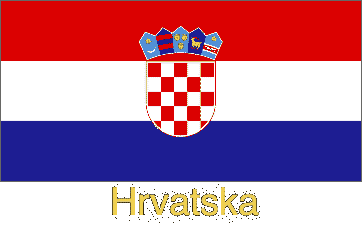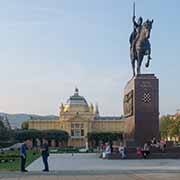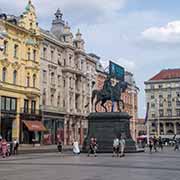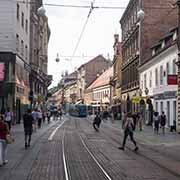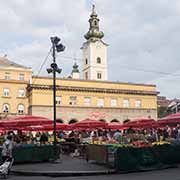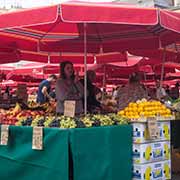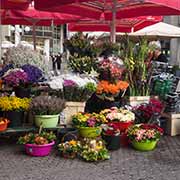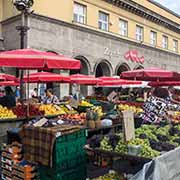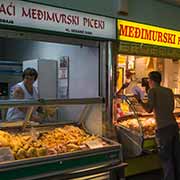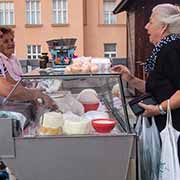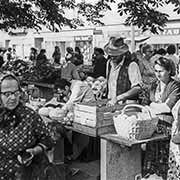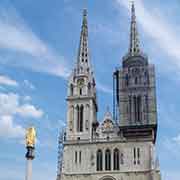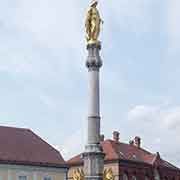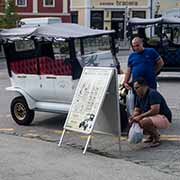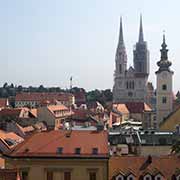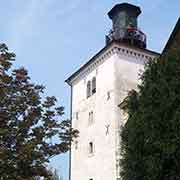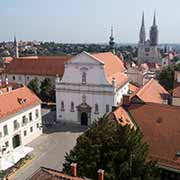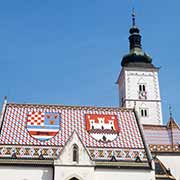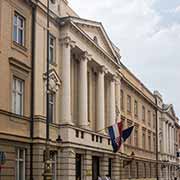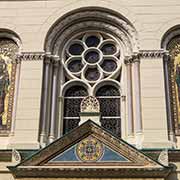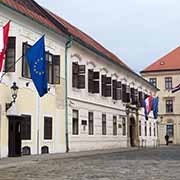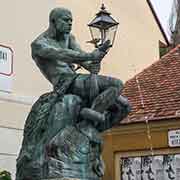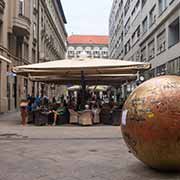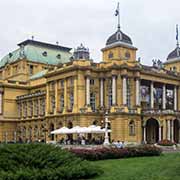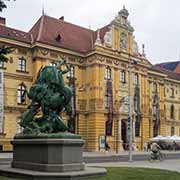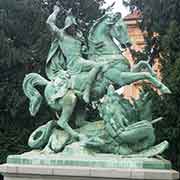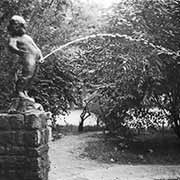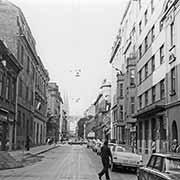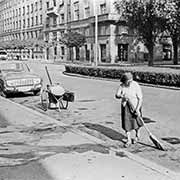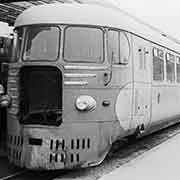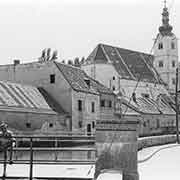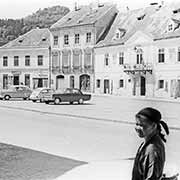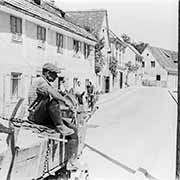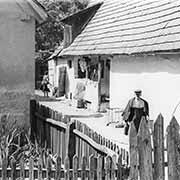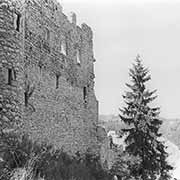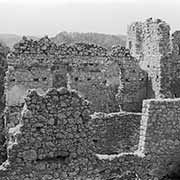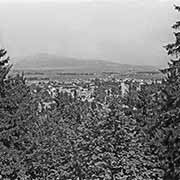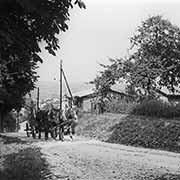Photos of Zagreb, capital of Croatia, Croatia
Zagreb, capital of Croatia
Zagreb, the capital and largest city of Croatia, lies in the northwest of the country, along the Sava river. The inner city has a population of about 770,000, but with its suburbs, it is over a million, more than a quarter of Croatia's total population.
you may then send it as a postcard if you wish.
Zagreb's history dates back to Roman times; the oldest mention of the name “Zagreb” is in 1134, referring to a settlement founded in 1094 at Kaptol - now the site of Zagreb's cathedral. It is a great city, with beautiful buildings dating back to Habsburg days when its German name Agram referred to it. The central square is named after Josip Jelačić, the Ban (viceroy or ruler) of Croatia, 1848 - 1859, remembered for his military campaigns during the Revolutions of 1848 and his abolition of serfdom. His statue is a prominent landmark.
The Upper town - Gradec, or Gornji Grad - has St. Mark's Church, the parish church of old Zagreb, with its roof tiles representing the coat of arms of Zagreb and the Triune Kingdom of Croatia, Slavonia and Dalmatia. Here are also the Government Office and the Court House. From the 13th-century fortified Lotrščak Tower, a great view of the city can be seen.
Twenty-five kilometres west of Zagreb is the small town of Samobor, part of the Zagreb metropolitan area.; a diesel-powered train, the “Srebrna Strijela” (Silver arrow), used to run between them. Its official name was Samoborček, a narrow gauge railway linking Zagreb with Samobor and onwards to Bregana, which operated from 1901 through 1979. The ruins of Samobor Castle, built in 1260 - 1264 on Tepec hill, are a 10-minute walk away from the city centre.


